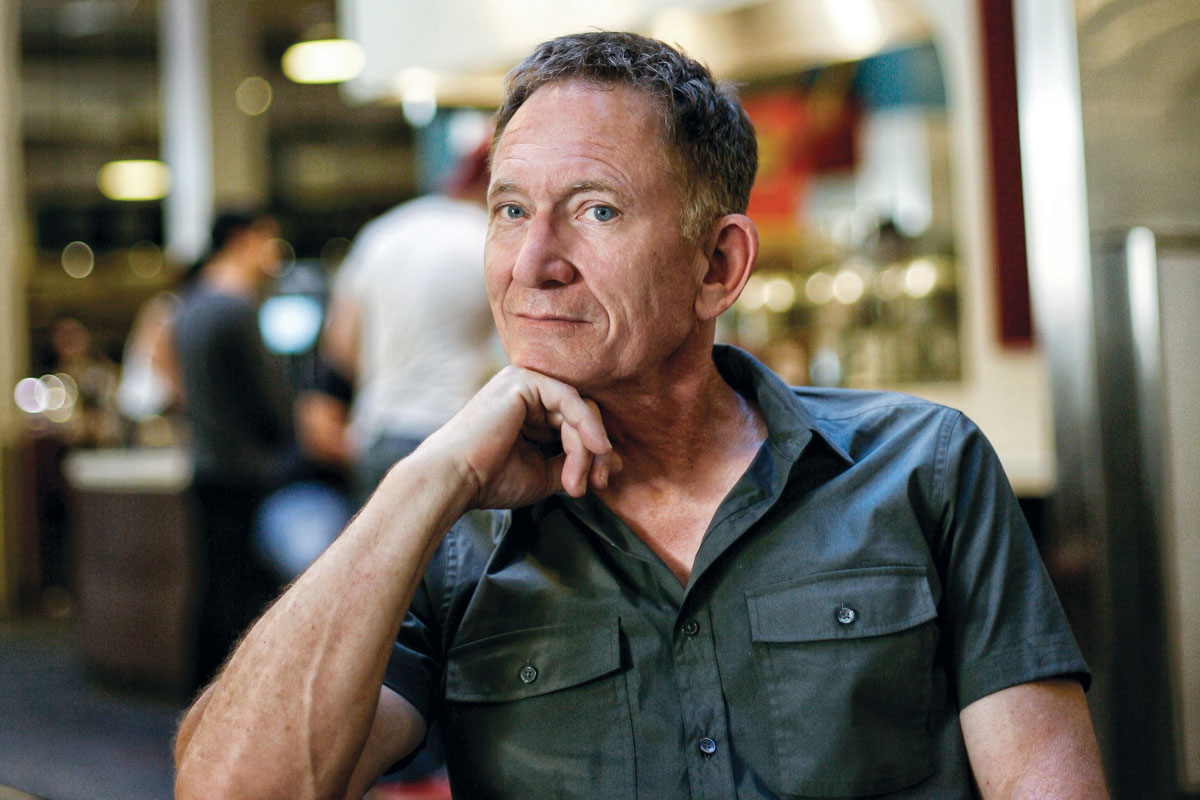Chef Mark Peel has had an illustrious 40-year career. He trained under renowned chefs like Wolfgang Puck and Alice Waters, and owned and served as executive chef at the award-winning Los Angeles institution Campanile for 23 years.
But, like many other U.S. chefs, Peel is increasingly intrigued by the opportunity to serve high-quality food to the masses through fast casual. That’s why he opened Bombo in L.A.’s Grand Central Market in 2015, a concept that he has since rebranded as Prawn with the hopes of expanding across Southern California and beyond.
Prawn specializes in upscale seafood dishes like bowls, salads, and sandwiches served in 10 minutes or less. There are two locations today—one each in Grand Central Market and Pasadena—and Peel has plans to expand, first in California and then possibly across the country.
Peel explains how seafood can be a viable growth vehicle in the fast-casual segment.
Why did you want to do fast-casual seafood?
I wanted to use these steam kettles because they’re really clean, really efficient, really fast. Seafood cooks fast. Our goal is from order to food in hand in 10 minutes or less. We’re right now averaging about 8 minutes. That’s not McDonald’s fast, but we’re making it to order and getting it to people in less than 10 minutes.
Seafood has struggled to take off in fast food. What are the barriers, and how do you overcome?
I think it’s something that takes a little bit more selling, a little bit more marketing. People don’t cook fish at home. People don’t know how to cook it; they’re afraid to. Seafood in fast casual is a fairly small segment. But I think it’s ripe to really blow up. It’s very healthy, it’s very clean—if it’s presented in an understandable way so people get it. And it’s fun.
When we changed the name from Bombo to Prawn and we changed the graphics, we changed it so people could stand back 50 feet away and look at it and go, “I got it. I understand.” Business doubled. Fast casual is about, “Are you what I want to eat? Are you convenient to me? Is it a price point I can afford?” If you make it hard for people, why would they come?
How do you keep costs low?
We have a commissary that is supplying both Grand Central Market and Pasadena with all of the broths and the vinaigrettes and the roasted potatoes and soups and so on and so forth, so we are able to control costs and consistency and the quality, and we deliver from the commissary fresh every day. We’re able to make broth in bulk. We have pressure cookers that can make 10 gallons at a time.
Also, the particular dishes we have, they’re a full lunch, a full dinner, but it doesn’t have to be a 12-ounce steak. The amount of protein that people should consume for a meal is somewhere between 3 and 4 ounces. That’s what we use. What we’re doing is enhancing it with vegetables and herbs and some really good Japanese rice and very flavorful broth. By using the right amount of protein rather than an excessive amount, we’re able to deliver a meal that is under $15, which is what we used to charge for a green salad at Campanile.
What are some misperceptions about seafood that you are trying to tear down at Prawn?
I think the biggest misperception is that seafood smells fishy. In the chef world, people scoff at that and say, “Of course it smells fishy; it’s fish!” But what people mean by “fishy” is old fish. It’s fish that’s been around a day too long. I think by using the broths—we make a lobster broth, we make a shrimp broth, we make a chicken broth—it’s made in such a way that it doesn’t have a so-called fishy smell. It’s a rich, spicy broth with good texture and flavor and color.
What’s the vision for Prawn?
The concept is around the business model, which is having a commissary where we can control costs, quality, consistency, and everything about it, and make our own deliveries to various satellites. That way we can reduce the footprint of the satellite restaurants. Here at Grand Central Market, we have less than 500 square feet. We’re on track to do $1.5 million in sales out of less than 500 square feet. We could not do that if we did not have a commissary. The idea is to have a commissary with a hub-and-spoke kind of operation, and to have somewhere between five and eight locations that could be fed by one commissary.








